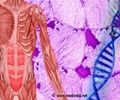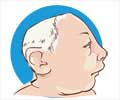Severe birth defect like spina bifida that occurs in the earliest stages of an embryo's development is contributed by non-inherited genetic mutations.
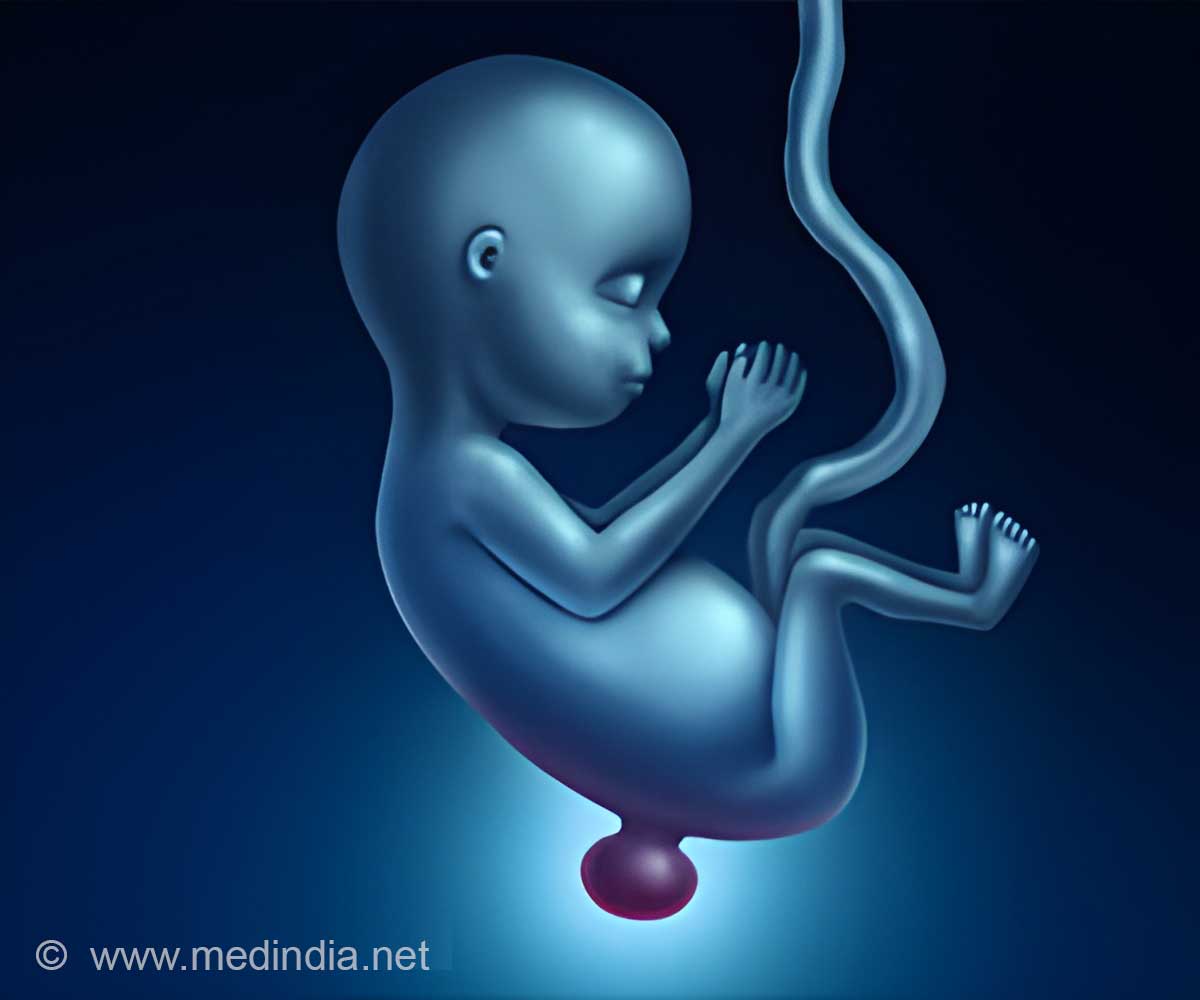
TOP INSIGHT
Severe birth defect like spina bifida that occurs in the earliest stages of an embryo's development is contributed by non-inherited genetic mutations called mosaic mutations. This helps in understanding the ways these mosaic mutations can affect and disrupt cell function (including those of neighboring cells) that causes birth defects.
Genetic Mutation in Spina Bifida
The team found that 16% of developing spinal cord cells of mouse embryos consisted of a mutation in the gene – Vangl2 (which contains information needed to create spinal cord tissue), which was sufficient to produce spina bifida.
The study thereby shifts the burden of those parents who believe their child inherited spina bifida from them via genes, and believe future children could also inherit the condition.
The exact mechanism through which these mosaic mutations occur (though environmental factors may be involved) cannot be drawn completely. Also, the link between prevention of birth defects by taking or not taking folic acid during pregnancy poses a puzzle.
Cellular Pathways in Mosaic Mutations
The team affirms that the cellular signaling process is surprisingly vulnerable to the uninheritable mosaic mutations. Each neighboring cell is stopped by a mutant cell from functioning to promote spinal cord development thus massively amplifying the effects.
This helps in understanding the ways these mosaic mutations can affect and disrupt cell function (including those of neighboring cells) that causes birth defects.
"We found that the requirement for cells to talk to each other makes them exquisitely vulnerable to mutations in the signaling pathway that Vangl2 acts in. We now need to understand whether this vulnerability extends to other genes which could cause spina bifida. Detecting these mosaic mutations in living people will require technological advances and careful analysis of tissues resected during surgery", says, Dr. Gabriel Galea.
Source-Medindia
 MEDINDIA
MEDINDIA


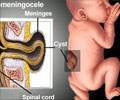
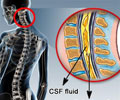
 Email
Email
